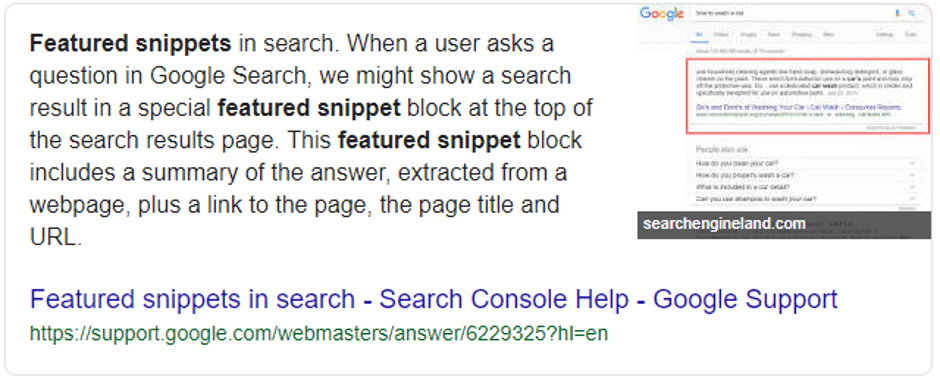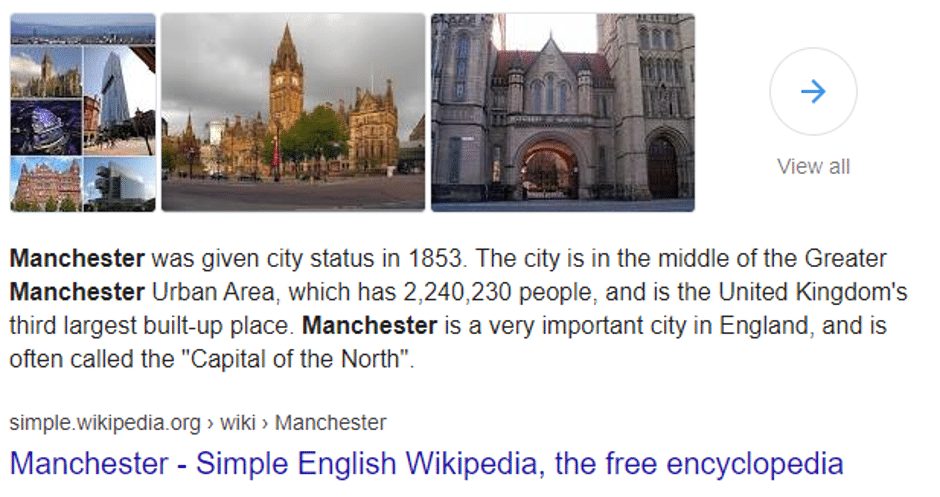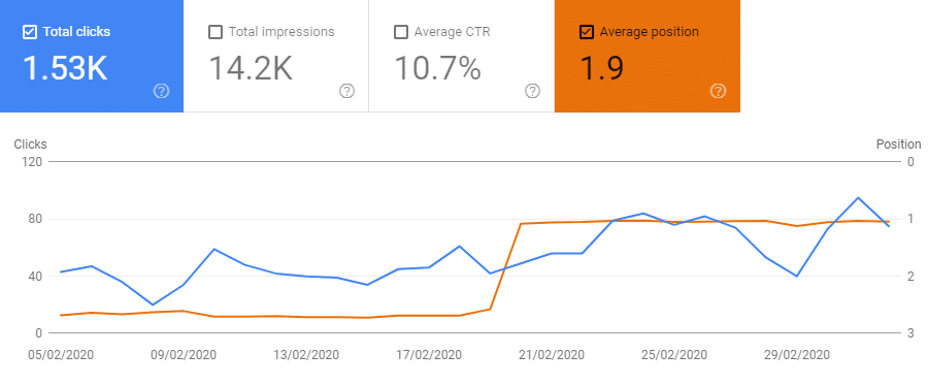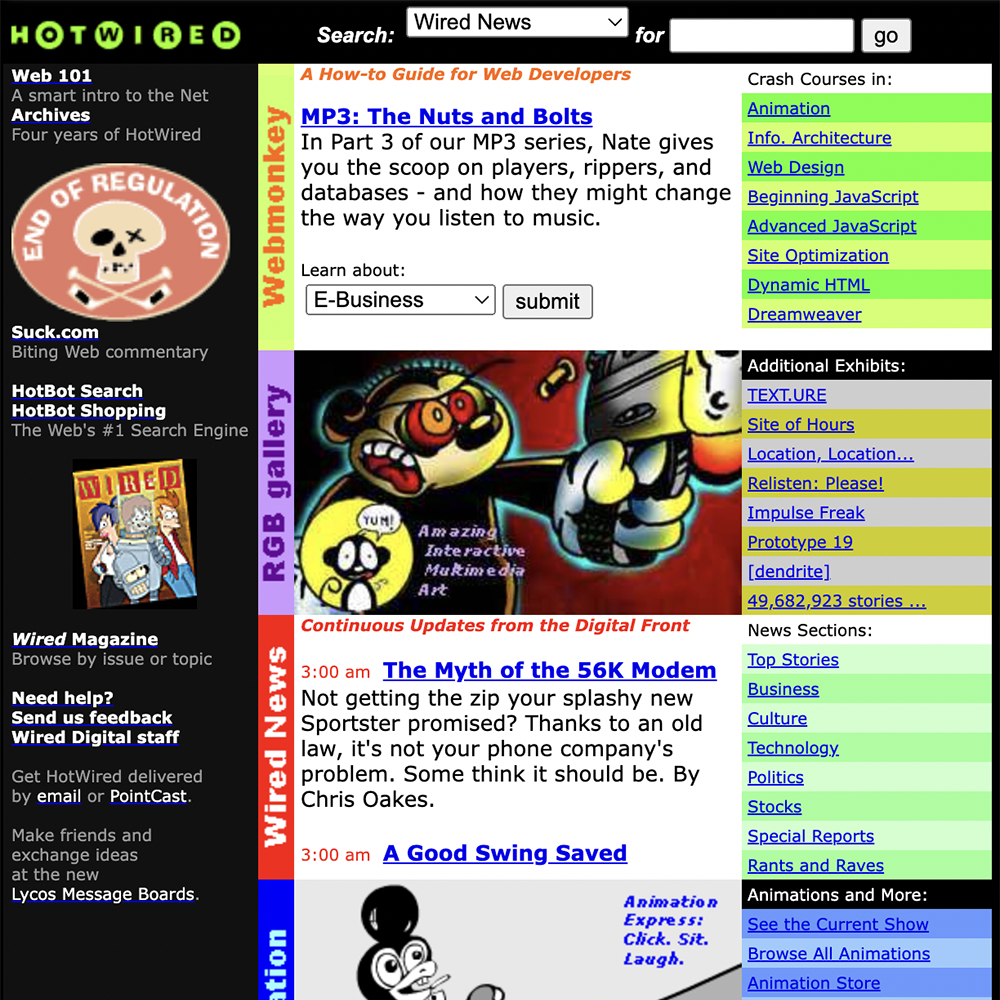
No-click SERPs are an SEO’s horror story, and featured snippets are the main villain.
Since they were introduced as ‘quick answers’ in 2013, featured snippets have spread, not unlike a virus, across Google’s search engine results pages (SERPs). They provide the perfect user experience for the modern-day searcher seeking instant, gratifying results with minimal required reading, but they also herald a dramatic change in the SEO landscape.
As SEOs, we make a living from increasing organic traffic to websites, so the fact that the number of searches with no clicks through to a website is increasing quarter on quarter (especially on mobile, a search platform which itself is still growing) seems like a cause for concern.
However, as SEOs we should also all have made peace with the fact that we can’t control Google’s actions, so let’s be stoic about it and find out more about how to adapt. We’ve done it before.
What is a featured snippet?
What better way to explain what a featured snippet is than with the featured snippet for the search term ‘what is a featured snippet’?

Essentially, Google can crawl, extract, and serve a relevant portion of text from ANY webpage for ANY given search term. While featured snippets were traditionally primarily served for question searches, they are now incredibly frequent for definition, recipe, how to, and list-based results, among lots of other search types (more on that later).
Featured snippets sit at the top of the results page, just below the paid results but above all organic listings. Their placement on SERPs has led to them being widely referred to as Position 0 results, which sounds suitably apocalyptic.
They exist for the very valid reason that search, and the internet in general, has evolved. With mobile phones now by far the most popular device for accessing the internet, quick answers that can be digested on-the-go are paramount for good user experience. Nobody wants to read a 600-word article on the train just to find out how many wheels train carriages have (usually 8, for your information). Our thoughts are fast in the 21st century and we need our answers to be too.
Why would you want the featured snippet?
So now that we’ve covered what featured snippets are and why they exist, we come to the bigger question – why do we care?
The simple answer to this is that they can get you more clicks. A study by Ahrefs found that they steal, on average, around 8.6% of the clicks that would usually go to the first traditional organic result. Despite this, they still generally get fewer clicks than that first result, in total.
With recent changes to featured snippets meaning that owning one removes your listing from the main SERP, it’s now actually important to decide whether it’s worth owning a featured snippet or not. With predicted CTR in organic results falling below 8.6% at position 6, we can reasonably assume that you’ll see a net benefit in terms of clicks if you capture a snippet from ranking in position 6-10, but a potential loss in clicks if you previously ranked position 1-5.
However, the accuracy of these studies is up for debate, and what the actual effects of capturing a featured snippet will be depends almost entirely on what the query is. For example, in one instance of us securing a featured snippet for a client, taking their page from an average position of ~3 to ~1, we saw a noticeable uplift in clicks, despite what the studies would have you believe.

Outside of the potential benefits in terms of organic clicks, there’s also the much less tangible benefit of increased brand exposure. Will being a consistent presence at the top of SERPs across your niche result in more sales? It’s hard to tell, but it certainly sounds appealing.
Types of featured snippets
Featured snippets come in many forms, by nature fitting the intent of the search to try and be as useful as possible to the user. As of February 2020, there are four main types of featured snippets that you’ll see regularly on SERPs.
Paragraph
Paragraph snippets are the most common and the simplest. They pull text (usually between 40 and 60 words) directly from within <p> tags on your page and are usually served for informational queries such as question- or definition-based searches.

Lists
Lists are a little more technical, pulling content from ordered or unordered (numbered or bullet pointed) lists on your page and usually displaying up to 8 list items in the SERP. They frequently appear for queries looking for tips, ‘how-to’ information, or the best of something, where multiple separate pieces of information are relevant.

Tables
Table featured snippets pull data or text from, unsurprisingly, tables on your page. They’re served for most featured-snippet queries that revolve around numbers or data, such as measurements, nutritional information, and statistics.

Videos
Video snippets are the rarest type, only appearing when Google thinks that a video is the closest match to a query’s intent. They might be served for recipe searches or certain ‘how-to’ queries, along with other assorted keywords that don’t fit neatly into any one category.

How to get featured snippets
Before you begin hunting for featured snippet opportunities, you need to know what the requirements for attaining a featured snippet are.
1. Run an audit
The first step in a featured snippet hunting exercise is to do your research. Keyword research is the foundation of almost every content-focused SEO activity, and things are no different when it comes to featured snippets.
Ahrefs makes finding featured snippet opportunities ridiculously straightforward, with several simple steps resulting in an easy to parse list of keywords you can begin to target.
Firstly, you’ll want to enter your domain name into the Site Explorer Feature of Ahrefs and find the Organic Keywords report. This will give you a list of all of the keywords that your site ranks for, along with data such as the monthly search volume, estimated position of your site, and the URL that ranks.
Next, make use of the SERP Features drop-down and filter your keyword results to include only those with a featured snippet. This newly trimmed list of keywords shows every query your site ranks for that displays a featured snippet on the results page.
Because we know that only pages that rank between position 1 and 10 can win featured snippets, the next step is to further trim our list based on Ahrefs position data. To do this, set ‘From’ and ‘To’ values of 1 and 10 respectively in the Position drop-down.
What you should be seeing now is the money-list. Every keyword you see in this report is an opportunity to win a featured snippet. Export this list to Microsoft Excel or Google Sheets and trim down the columns until you’re just left with the data you want (we recommend keyword, position, volume, and URL).
You can then start prioritising your opportunities based on what keywords you think are most commercially viable, most relevant, or most enticing.
2. Edit and write
Once you’ve got a prioritised list of featured snippet opportunities, you can get started on updating the content that will help you to capture them.
How you go about editing or writing content to capture a featured snippet depends entirely on what type of snippet you’re trying to capture. The only effective method of figuring it out is to see what content is currently being displayed and think about why that is.
If a paragraph snippet is being displayed for a search term (such as ‘how old is manchester’ in the example below), you can break down the content into its component parts.

‘Manchester was given city status in 1853’ – Quick and direct answer to the query
‘The city is in the middle of the Greater Manchester Urban Area, which has 2,240,230 people, and is the United Kingdom’s third largest built-up place’ – Further contextual information which might be of interest to the searcher.
‘Manchester is a very important city in England, and is often called the “Capital of the North”’ – Use of semantic keywords such as ‘city’, ‘England’, and ‘North’ help to reinforce the topic signals of the content.
Using this technique to figure out what exactly is making up the snippet content, why Google might be using it, and what it provides to users provides the perfect formula to structure your edits, telling you exactly what needs to be included in your content.
When it comes to list featured snippets, the basic requirements to capture them are to adopt the correct HTML format (the difference between <ul> and <ol>), make sure your list items are at least as relevant as the competition to the search term, and try to include more list items than other sites.
Getting table featured snippets is a similar story – make sure that the HTML is clean and that your table is at the very least just as informative as the current snippet owner. Using a heading that’s similar to the snippet search query just above the table on the page is also valuable, signalling to Google what content is most relevant to the search.
Outside of specific optimisation techniques to target the snippet, improving your post or page in general – whether that’s by improving the structure, gaining more backlinks, or sourcing better imagery – can also help influence your chances of success.
3. Track and analyse
The final step in the process is to sit back, track improvements, and analyse how well your efforts have worked. There are a huge range of tools you can use to track featured snippet acquisition, including Google Search Console, Ahrefs, and pretty much any keyword tracking software.
Google Search Console requires the most manual exertion, as you’ll have to run query filter lookups on each query you’re targeting with the right page filter attached. Enable the average position view, and if you see a steep increase in the resultant chart followed by a levelling out around the position one mark on the axis, you can tally it up as a win.

Ahrefs provides a very simple featured snippet lookup report, which you might have already used in step one to find your featured snippet opportunities. If you export the list of featured snippets you have weekly and keep track of what URLs are ranking in position zero for what queries, you can quickly build an overview of the success of your project.
Keyword tracking tools and software will usually have featured snippet tracking built in, too. How you use it will vary on what platform you use, but it should be feasible to set up an automatic export of owned featured snippets at a regular interval, facilitating super simple tracking.
After a couple of weeks of tracking the effects of the changes you’ve made, you should have an idea of whether your approach is working or not. Generally, changes that you make to pages that are already ranking in positions one to ten will take hold quickly, meaning you should be able to gauge success on a timescale of days to weeks.
What is the nosnippet tag?
The growing impact of featured snippets on organic search has been exhaustively pondered and discussed by the SEO community. A vocal portion of the community see featured snippets and other SERP features as insidious, giving Google licence to repackage your content on their own page, potentially denying you a click and pushing the internet one step closer to just being a boundless Google product. In September 2019, perhaps to appease these people, Google released a blog post announcing the ‘nosnippet’ robots meta tag.
This tag allows you to disallow Google from using your content on the SERP, meaning there’s no chance of you getting the featured snippet. Whether that’s a good thing or not depends on your philosophy about SERP features. Either way though, the choice is now yours.




